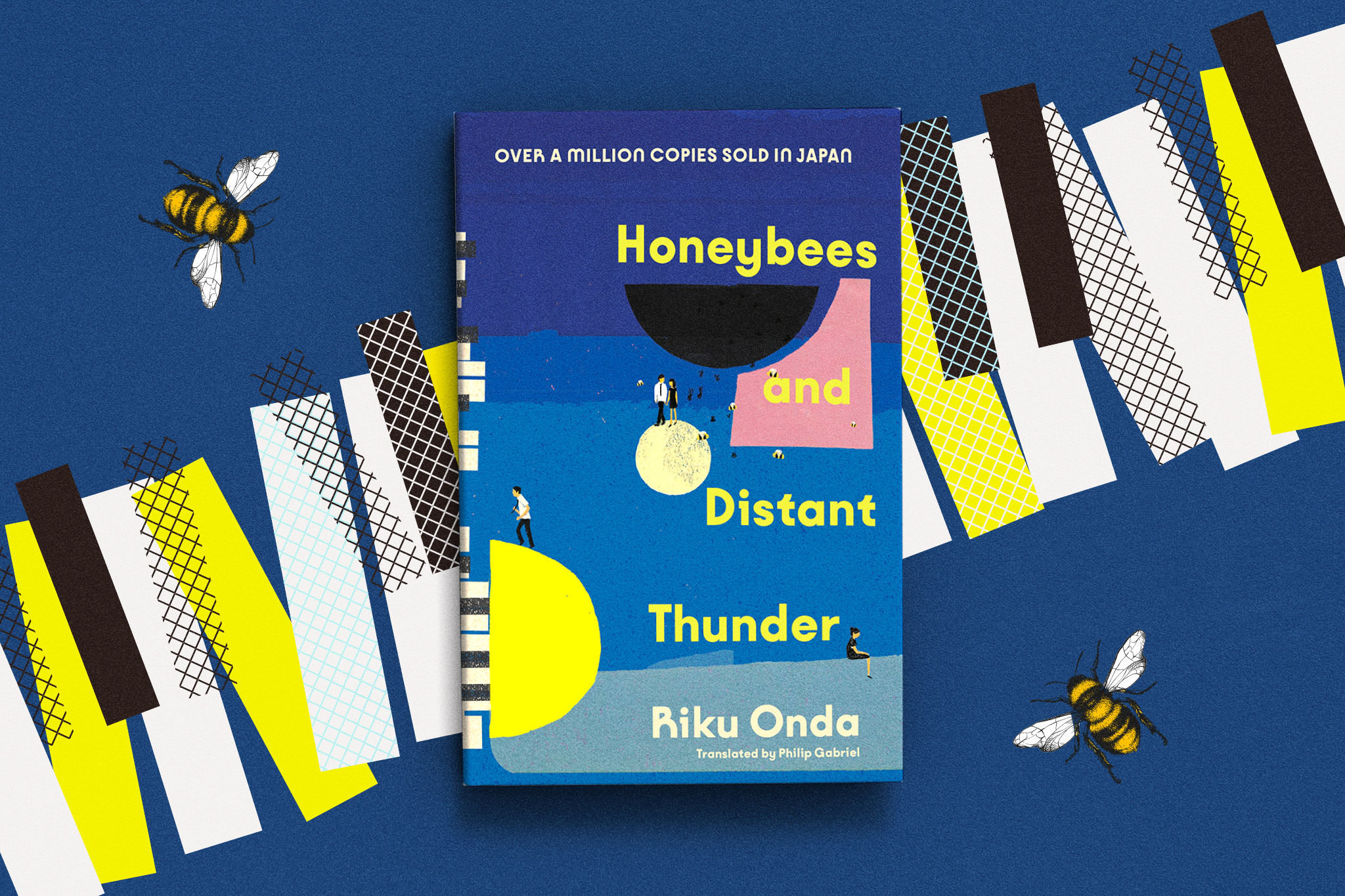How do you describe the indescribable? Riku Onda’s Honeybees and Distant Thunder makes a valiant attempt to do just this when portraying the universal language of music and its effect on listeners. While music is something that can be understood by all, it can be hard to pin down and put into words. Onda’s book does this with rich poetry (if occasionally a tad verbose), creating a strong emotional connection from the start.
From Murders to Music
Onda’s musical novel Honeybees and Distant Thunder was a smash hit when it first came out in 2017, snapping up both the Naoki Prize and Japan Booksellers’ Award the same year. Its popularity sparked the production of the 2019 film Listen to the Universe, which was well received by domestic audiences. Honeybees and Distant Thunder is Onda’s third book to be translated into English, this time with Haruki Murakami veteran Philip Gabriel taking the reins. Previously translated works include the whodunnit-style mysteries, The Aosawa Murders and Fish Swimming in Dappled Sunlight, both translated by Alison Watts.
Honeybees and Distant Thunder: The Story
Though Honeybees and Distant Thunder is centered around the Yoshigae International Piano Competition, a fictional contest set in a rural seaside town, the story is strongly character-driven. We follow 16-year-old Jin Kazama (an unknown prodigy and son of a beekeeper), Aya Eiden (a burned-out former child prodigy), Masaru Carlos Levi Anatole (a pedigreed contestant dubbed “The Prince of Juilliard”) and Akashi Takashima (an older entrant looking for his last shot at fame) as they battle through this grueling two-week event, which aims to find emerging new talents.
The professional piano player circuit is known to be cutthroat, with few ever “making it,” even those who are both talented and dedicated. Despite this, the four rivals unite through interwoven narratives, which bind them through tragedy, romance and friendship. Their varying backgrounds and approaches to music are the result of Onda toying with the idea of genius and how it measures up against hard work and valuable social connections. By bringing these diverse members together and pitting them against each other in a potentially make-or-break event, she manages to compose a harmony between these surprisingly complementary characters.
Honeybees and Distant Thunder: The Conclusion
Throughout Honeybees and Distant Thunder, one thing is apparent: Onda’s passion for music is undeniable. Expect a wave of visceral reactions as you read — especially if you are a creative yourself — as the vivid depictions of human emotions and the musical pieces that move them work their magic. Note, however, that the narrative style, which relies heavily on repetition at times, may not resonate well with all readers. Despite this, Honeybees and Distant Thunder is still an emotive and poetic work, well worth the time it takes to read it.









